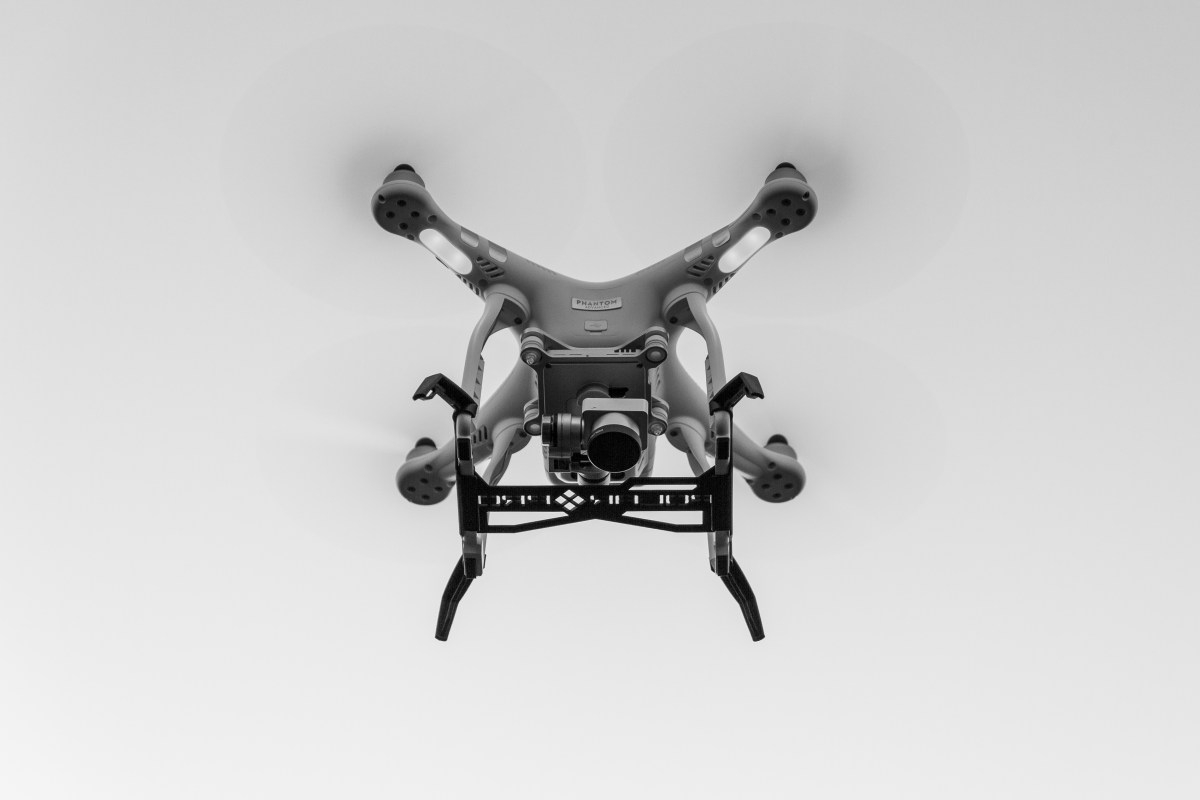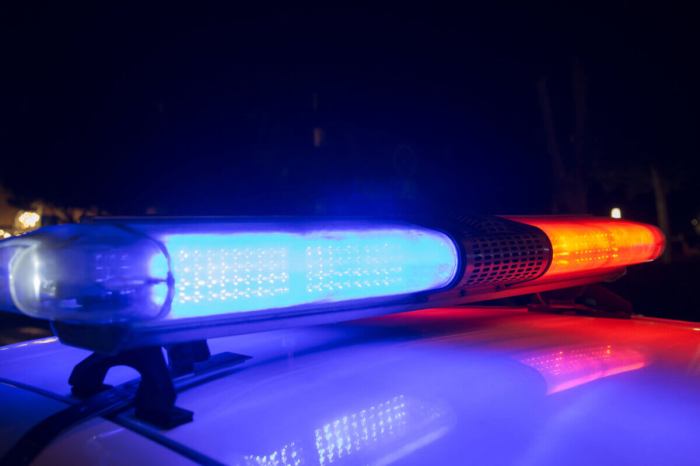A law from 1948 stands as the only obstacle against the use of drones within city limits, but a proposed change to the administrative code could make it permissible for building inspections.
Key leaders in city government are standing behind the legislative change after debris from the facade of a building fell and killed a pedestrian, Erica Tishman, 60, in Manhattan last week.
Brooklyn Borough President Eric Adams said that allowing drone use for building inspections would reduce costs and also the reliance upon sidewalk sheds that have become increasingly common throughout the city.
“The horrific and preventable death of Erica Tishman this week was a tragic reminder that we need forward-thinking solutions and real-time governance strategies that ensure the safety and wellbeing of all New Yorkers,” Adams said. “The [bill] will make building inspections more cost-effective, saving building owners and the City millions of dollars, it will help us take down sidewalk sheds that often stay up for years, and most importantly, it will keep New Yorkers safe.”
Tishman, an accomplished architect, died on Dec. 17 while walking near 49th Street and 7th Avenue as debris came down from a 17-story building. The building, 729 7th Ave., had a violation with the city Department of Buildings to repair the facade.
While the $1,250 fine had been paid, the repairs were not made and the violation was still listed at the location as of the day of the accident. The DOB ordered the owners, 729 Acquisition LLC, to place a sidewalk shed in front of the structure following Tishman’s death.
“The City of New York should be a world leader when it comes to incorporating the latest technologies as a means of creating efficiencies in government as well as increased methods for public safety,” Councilman Justin Brannan, who introduced the bill, said. “Drone technology is an effective new tool to the toolkit for quicker and cheaper initial façade inspections that should save both lives and money.”
City Councilman Robert Cornegy serves as the chair of the Council’s Committee on Housing and Buildings and argued that if the city failed Tishman and her family, it was because the tools were not available to ensure the public’s safety.
The law keeping drones grounded predates drones themselves by decades.
“The local law governing unmanned aerial vehicles, or drones, is from 1948. No one could have imagined the technology that would be available to us 71 years ago or 21 years ago. That’s why the legal changes we press for today are so important,” Cornegy said. “We need to be sure our City’s building managers, experts, and inspectors have the latitude to make use of tools already use in outside the City.”
The Independent Budget Office (IBO) has been requested by the legislators to conduct a cost-benefit analysis of using drones versus the traditional inspection methods.
But the bill may not gain traction among some lawmakers.
In December 2014, Councilmen Paul Vallone and Daniel Garodnick began laying the groundwork to specifically ban drones within 5 miles of an airport and a quarter mile of a school, hospital, church or “open-air assembly.”
Violating this law would be punishable by $1,000 fine and a year in jail.
Another attempt by Vallone to restrict recreational use of drones for recreation is bogged down in committee, but would not restrict the use of UAVs by city agencies.





































